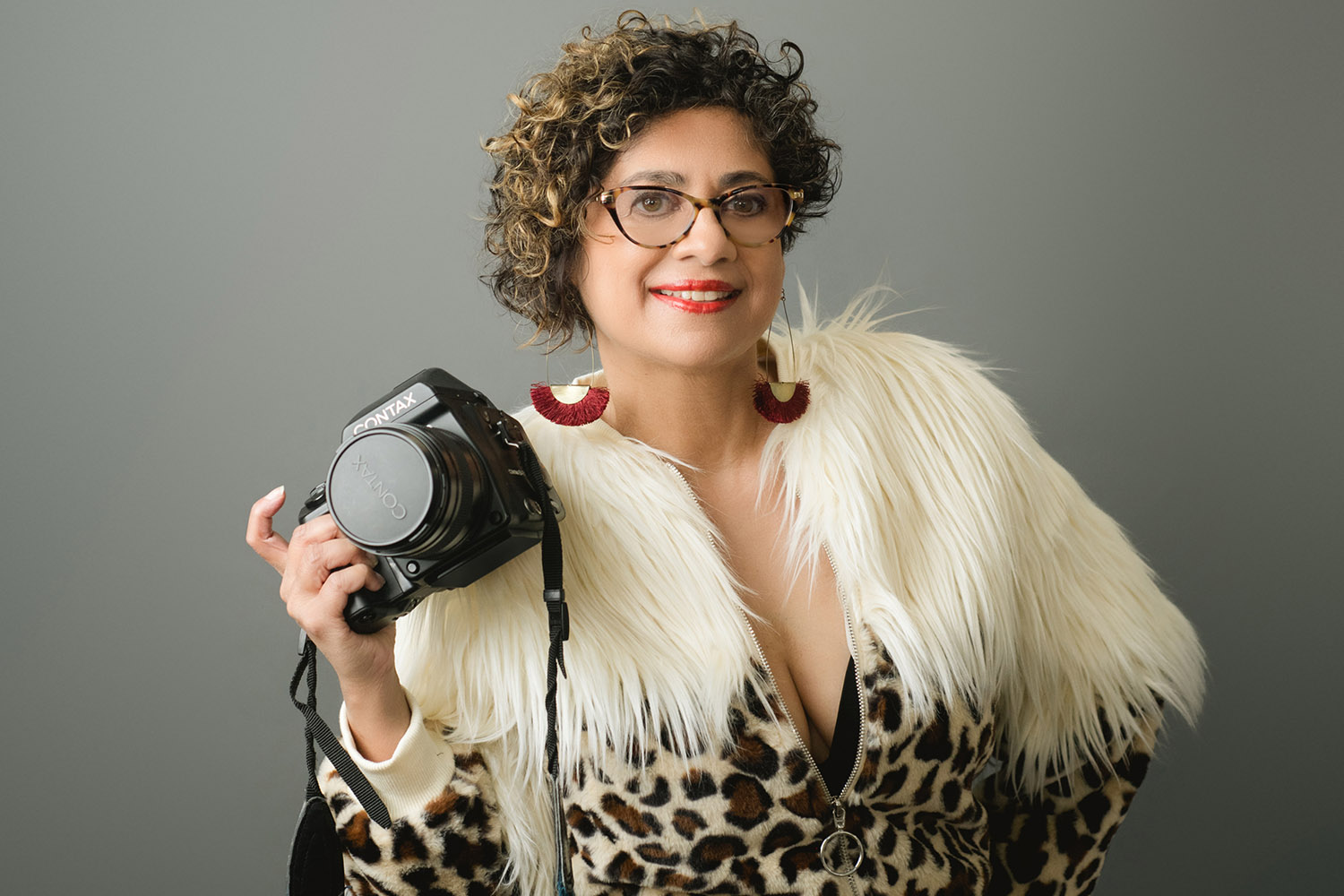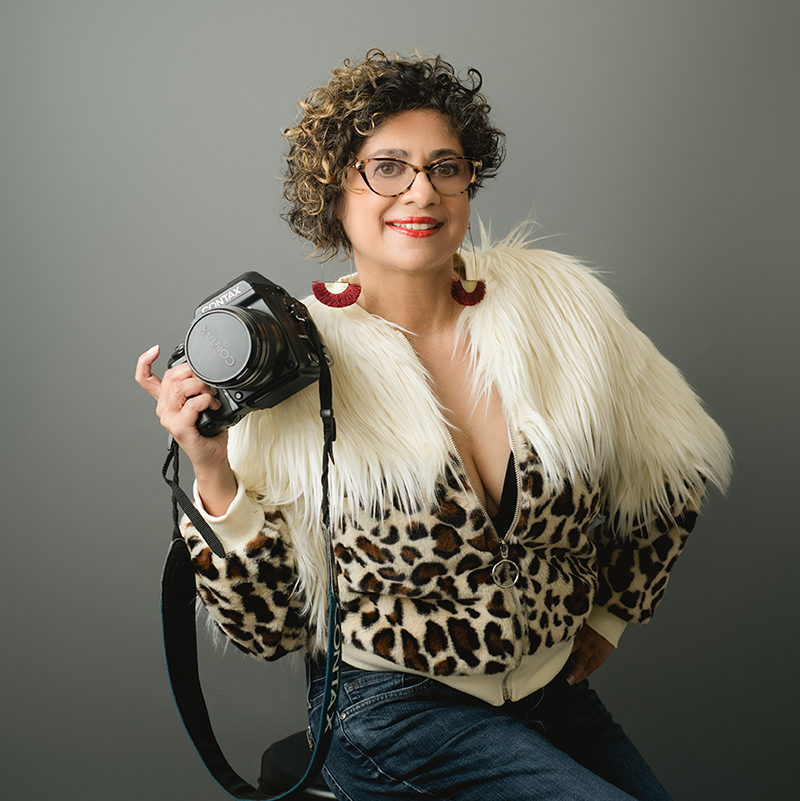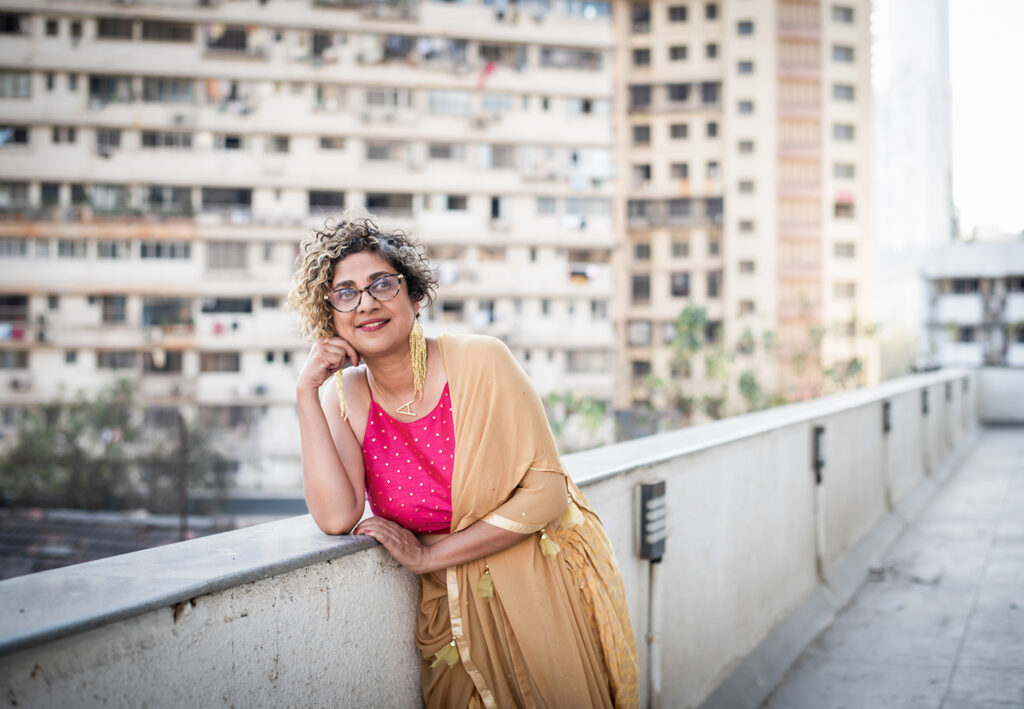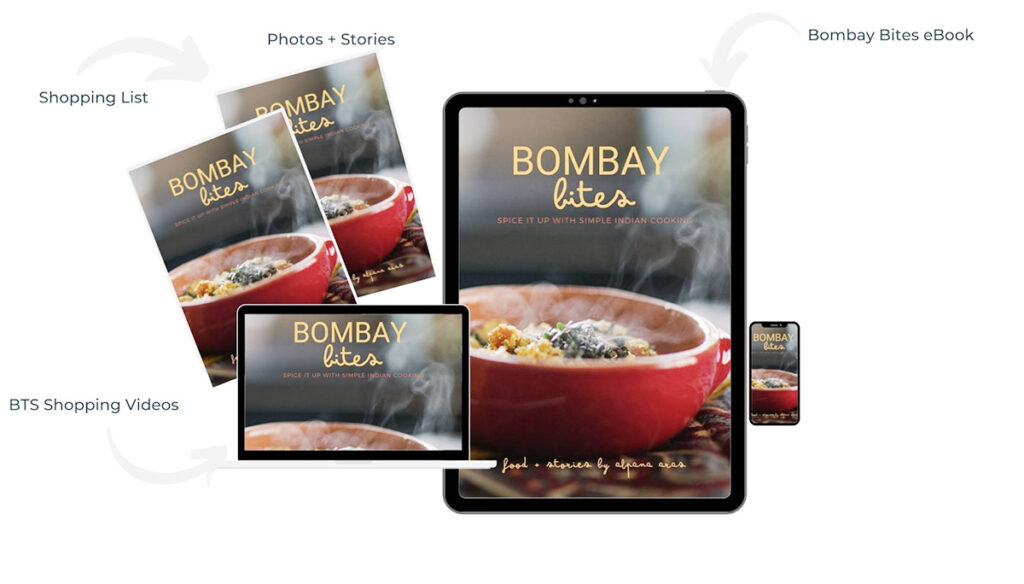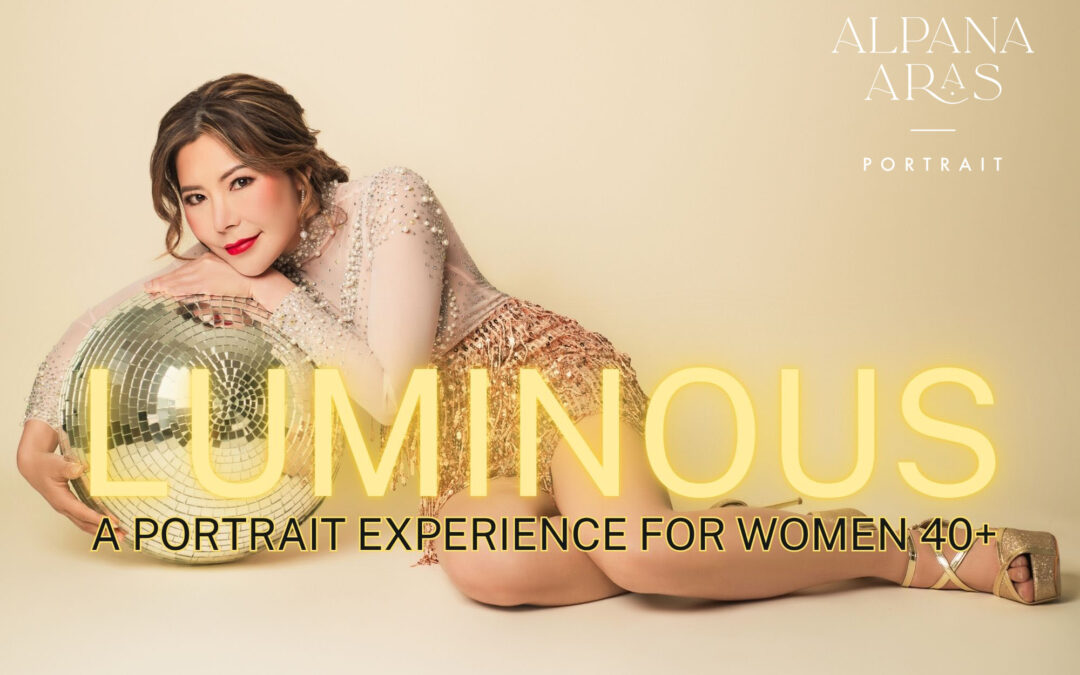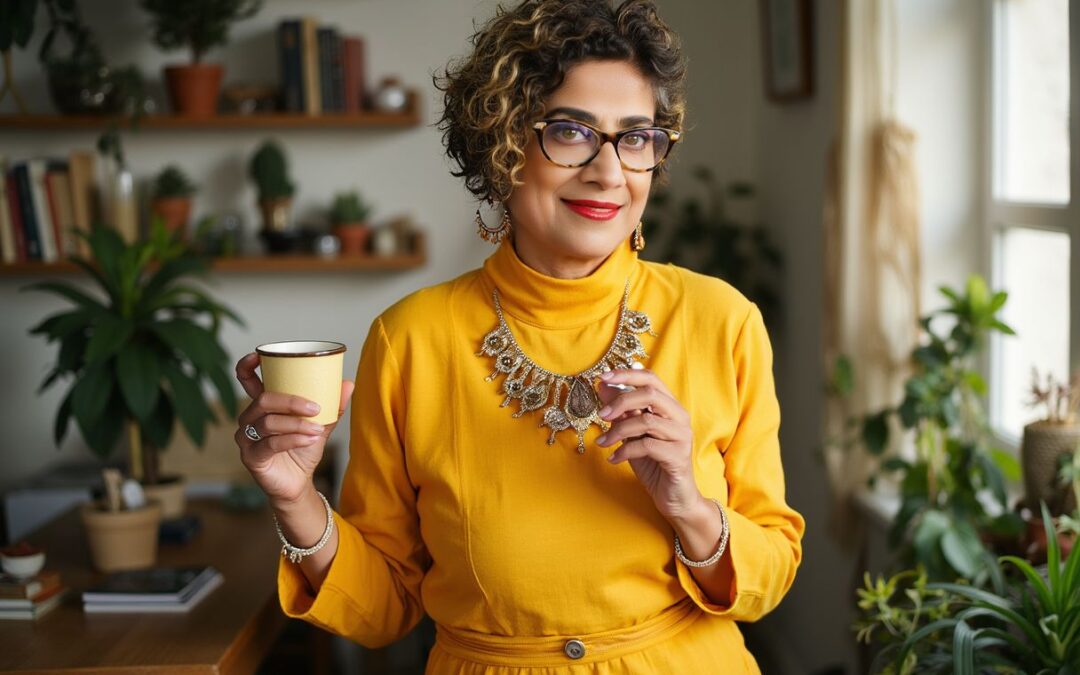Have you wondered what it takes to become a professional photographer?
Here’s the cool thing – there’s no one-size-fits-all roadmap. There are no rules or specific routes to follow in photography on who can join the club. I’ve met people from all sorts of professions – doctors, lawyers, therapists – who’ve switched gears and started a new life chapter as professional photographers.
Then you’ve got folks like me, who took the academic route, went to art school, earned a BFA (Bachelor of Fine Art) in photography, and launched our own business.
Whether you’re just dipping your toes in or you’ve been around the block and now want to make this your day job, this guide breaks it down into five key areas to help kickstart your creative journey.
Amateur Vs. Professional Photography
Let’s talk about the difference between snapping photos for fun and doing it for a living because understanding this can really help you figure out your own photography goals.
When you’re an amateur, photography is usually just a hobby. It’s something you do because you love it, not because you’re looking to make a paycheck. For instance, let’s say you’re on vacation, and you want to capture memories that go beyond simple phone snaps.
But professional photography? That’s a whole different game.
It’s your career, your bread and butter. It’s not just about taking great photos. You’ve got to run it as a sustainable business. It’s about making sure what you charge not only covers your costs (like gear, insurance, travel, time, and more) but also leaves a profit in your pocket.
If that’s not happening, then you’re still in hobby territory, my friend. You know what they don’t tell you in art school or those creative classes?
How to price your work.
Sure, they teach you how to take amazing shots, but not many talk about the business side of things. A good place to start getting your head around this is by figuring out your CODB or Cost of Doing Business.
Find Your “Why” to Build Your Professional Photography Business
Getting to the heart of “why” you’re into photography is the secret sauce for creating a profitable business doing what you love. It’s all about digging deep and figuring out why you’re so attracted to taking photos and what they really mean to you.
I fell madly in love with photography as a kid. My dad was big on taking photos – he’d snap family pics with a box camera, hire photographers, and even drag us off to studios for portraits. When I came to the U.S. to do my Masters, I brought a small box of photos with me. Those handful of pictures were my link back home to my family and friends. 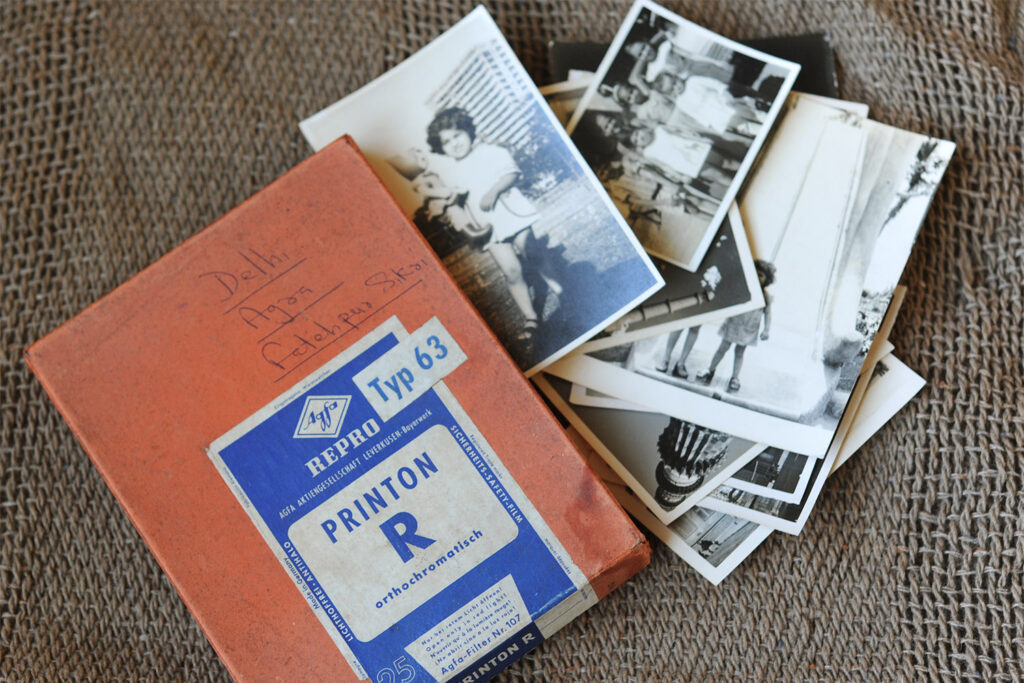
After my son was born, I felt this strong urge to capture every moment, every little detail of his life. It led me on a journey of self-discovery, honing my identity as a photographer and finding my voice, which ultimately led me to establish my own business, Storyboxart.
After the pandemic, my business evolved, and today it focuses on empowering women entrepreneurs. I help them step into the spotlight through not just powerful brand images but also brand coaching. It’s all about building a brand that truly resonates. Understanding your “why” will fuel your creativity, your passion, and your reach as you start on this professional photography path.
It’ll be your rock, helping you figure out what your business is all about. It’ll guide you toward the audience you want to reach – people who’ll be inspired and motivated by your story. Plus, it’ll keep you grounded and true to yourself as you navigate the ups and downs of a photography career.
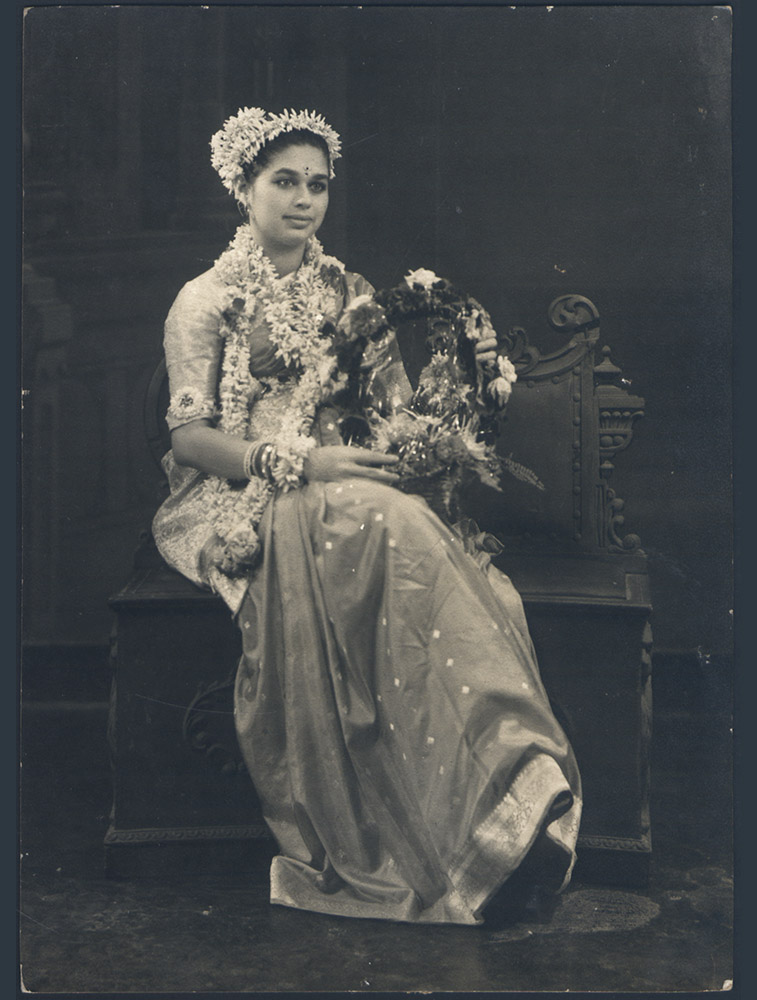
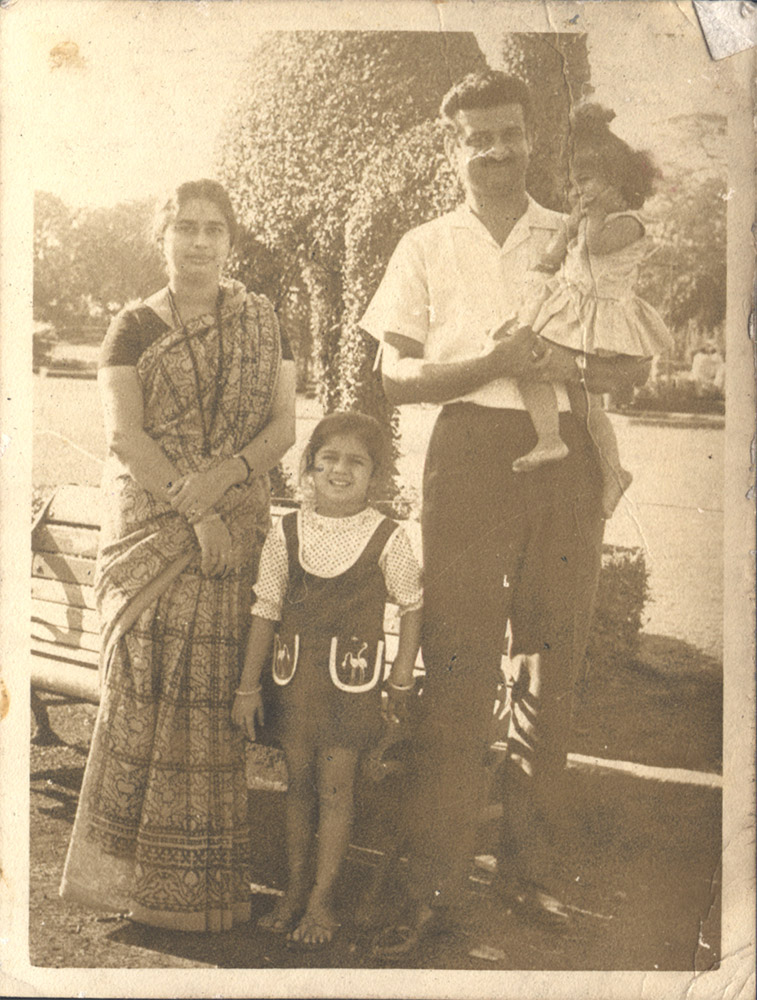
Embracing the Power of Equipment
The startup costs for becoming a professional photographer are a mixed bag, mostly depending on the gear. For instance, some camera bodies can set you back $4000+, and that’s without any lenses! You can get a decent camera bundle for under $1500 that comes with a kit lens, especially if you hit up places like Costco.
When I first started out, I bought a DSLR (digital single-lens reflex), a Nikon D70, and it came with a kit lens (they aren’t that great). So I bought a 50mm f/1.8 lens, which is great for portrait shots. Costco was my go-to for the camera, but you’ve got plenty of options. Check out your local camera stores, or look online. There are some great resellers like KEH Photo, where you can pick up used gear.
I have continued adding to my collection throughout my photography career and now own various medium format and film cameras, some of which include a Polaroid SX-70, a Nikon F100, and a Contax 645.
Since the current focus for my business is headshots and brand photography, the equipment consists of my Nikon D850, Godox flash strobes and a tripod for studio shoots, and a few different Nikon lenses. For me, this combination consistently delivers fantastic results and allows me to capture stunning shots.
Mastering Your Camera’s Settings
While your fancy camera can take some cool shots in auto mode, mastering manual mode is a game changer. The key difference between the two? That’d be you. Auto mode is like letting the camera take the wheel, while manual mode puts you in the driver’s seat, making all the creative calls.
Cameras see things a bit differently from us. They’re like those old movies, seeing everything in black and white, not color. So when deciding how much light to let in, they’re looking at shades of grey, not all the colors we see.
Starting in auto mode is totally fine when you’re a beginner. But if you’re serious about going pro, you need to get comfortable with manual mode. There are three big settings you need to get to know that control exposure – ISO, which refers to the sensitivity of the camera’s image sensor to light, Aperture, which controls how much light gets through your camera’s lens; and Shutter speed; which decides how long your camera’s shutter stays open.
For example, when I am doing headshots in my studio, I use a smaller aperture (f/5.6), lower ISO (200), and slower shutter speed (under 200). But when I’m shooting an outdoor portrait, I might go for a larger aperture (f/1.8) to get that nice background blur and keep the focus on my subject. But if I want to tell more of a story and create an environmental portrait, I might use a smaller aperture (f/8.0) with more focus in the background.
So, have a clear vision of your final shot before tweaking these settings. It’ll steer you toward the best setup for your shot.
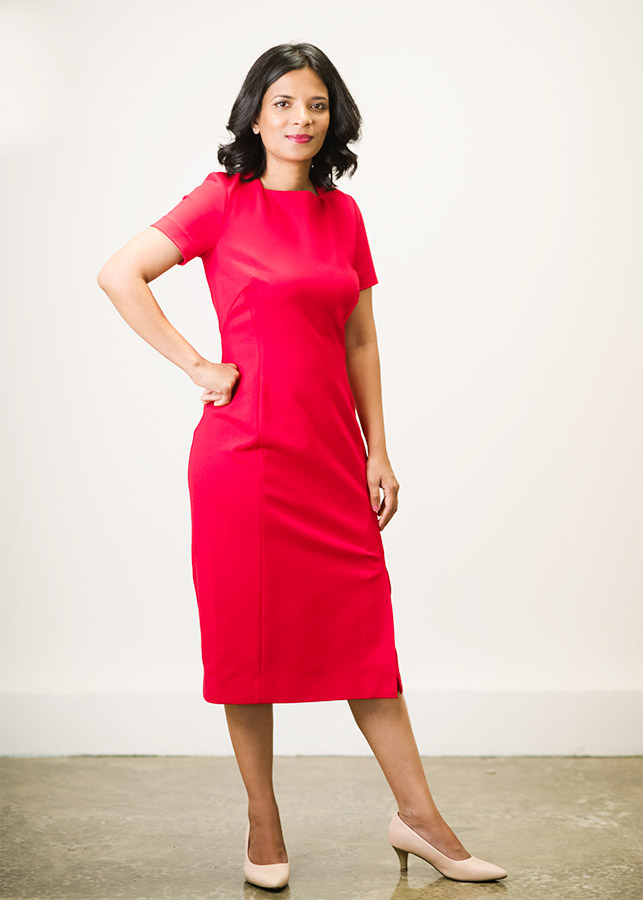
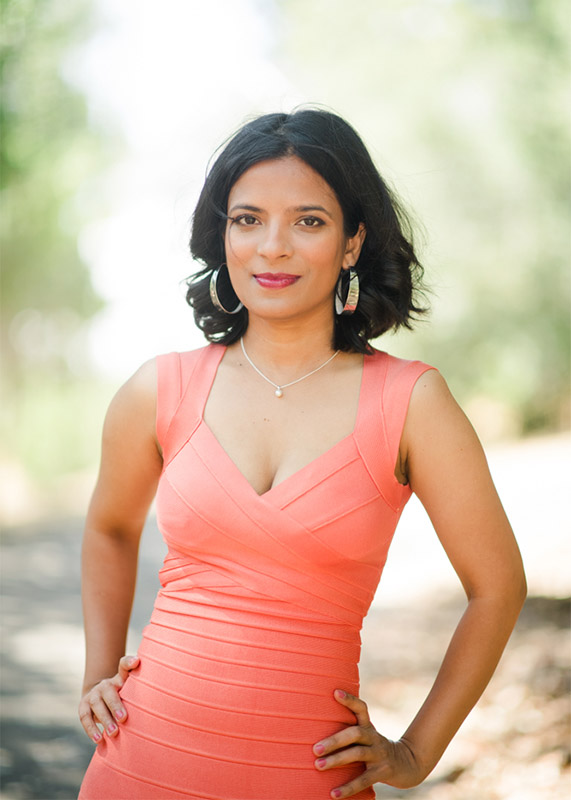
Practice Your Art
You’ve probably heard it a thousand times, but “practice makes perfect” isn’t just a cliche. It’s the truth. The more you get out there, experiment and take photos, the better you get. You become more confident, more creative, and you start to find your own unique style.
Think of personal work as your playground. It’s your chance to experiment and create without fear of messing up. It’s where you get to color outside the lines.
My own photography journey began in India with a film camera, and I still use it for my experimental stuff. I started to bring film into my client work, often shooting a couple of rolls per session. The cost of film forces me to slow down and be intentional with each frame. The results I get with my medium format camera are pure magic.
Make your own journey full of exploration and experiments. You’ll figure out how to tackle problems, understand your equipment better, and get a grip on specific photography techniques.
We all start somewhere.
I remember when I first transitioned from film to digital – it was a learning curve, for sure.
And later, when I returned to film after a long break, it was a relearning process all over again. But by exposing myself to a wide range of experiences, from family to brand and portrait photography, and practicing consistently, I got better. And you will too.
So remember, practice is the secret sauce to unlocking your potential as a photographer. Especially if you want to earn the big bucks as a professional photographer. Embrace the journey and let your passion for photography take flight.

